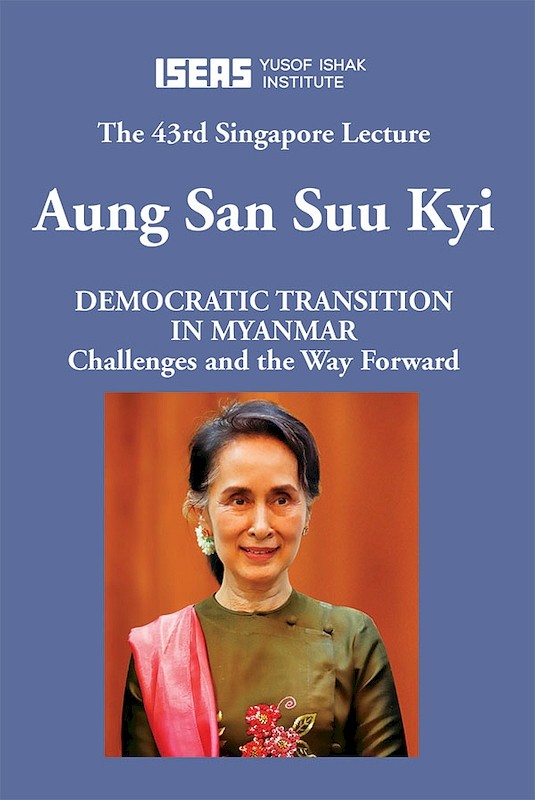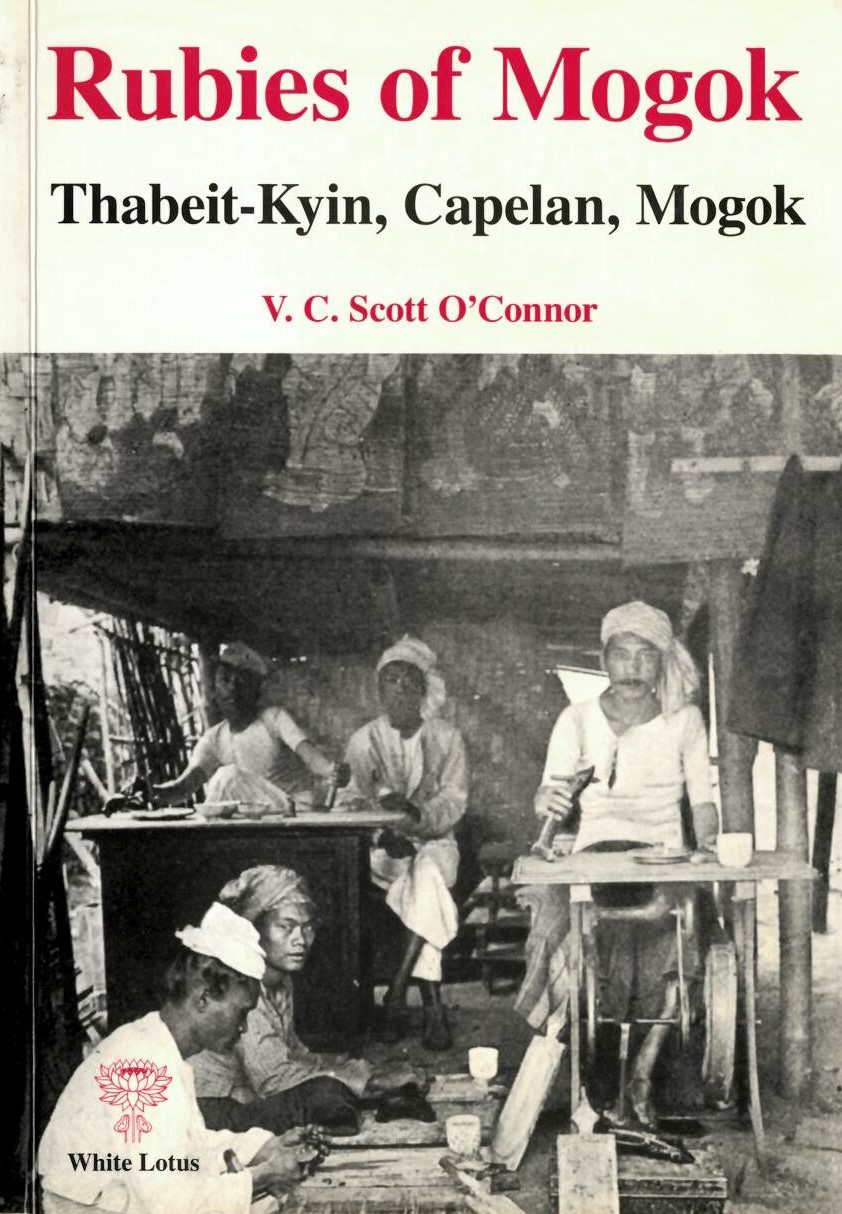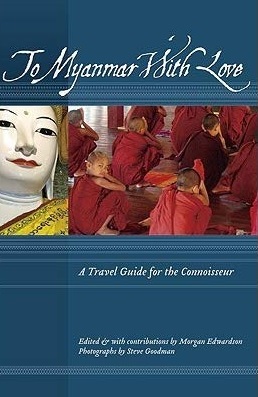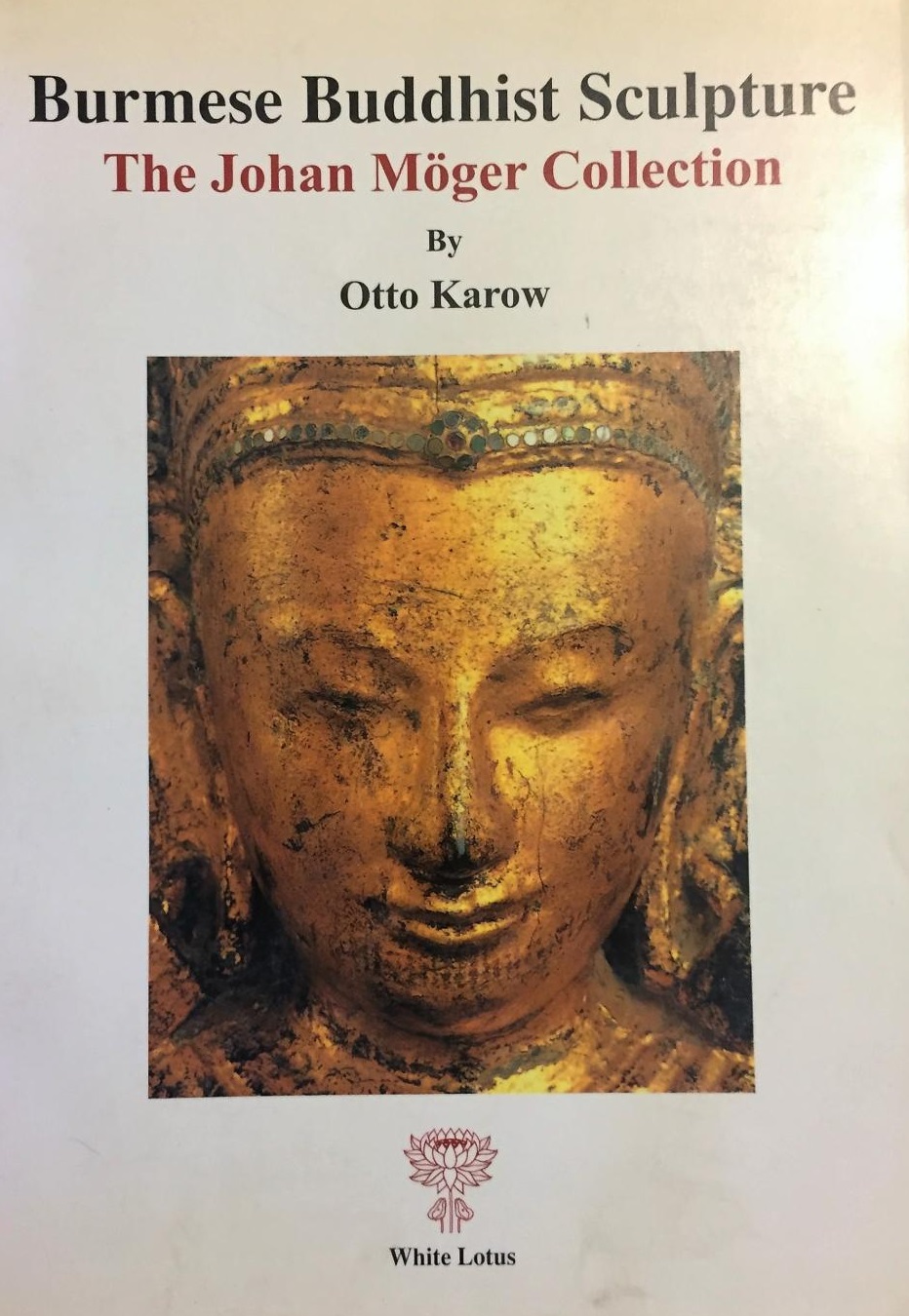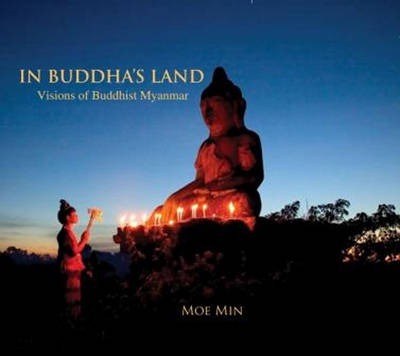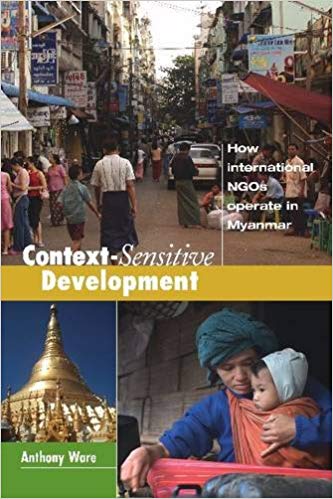Ancient Pagan: Buddhist plain of merit 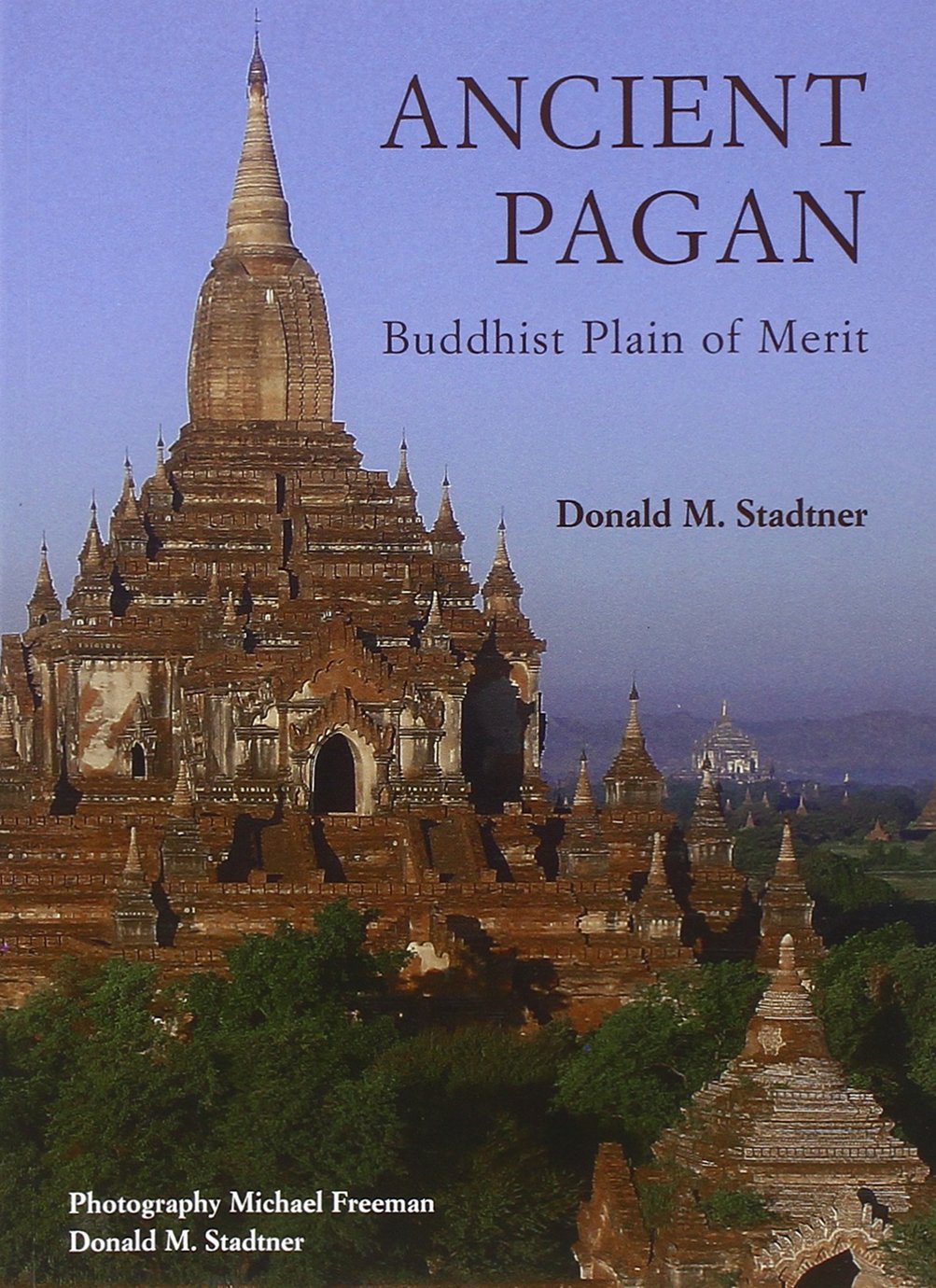 | Subtitle :
Abstract :
urma/Mayanmar has opened up to tourism in the last year or two and record numbers are now visiting this beautiful, mesmerising country. All visitors to Burma will visit the ancient kingdom of Pagan (now called Bagan), along with the Inle lake, it is the most visited place in Burma and captures the heart and imagination of all who see the sun set on this beguiling landscape of temples and stupas. Pagan is the largest and most resplendent centre of Buddhist art in the ancient world. Construction in the city peaked between the 11th and 13th centuries when over 2,000 temples, monasteries and stupas were created along the eastern bank of the Irrawaddy. Local architects mastered complex brick vaulting techniques unrivalled in Asia, while mural painters and stone carvers fashioned a distinctive style of Burmese art. The pace of building slowed dramatically after the capital shifted to the Mandalay area in the mid-14th century, but the city never lost its special religious and cultural significance, furnishing a field of merit to Buddhists old and new.
Burma, now known as Myanmar, was terra incognita for many decades, but the lifting of travel restrictions has made this temple city now accessible.
Registration No : B2929
Author :
Donald M. Stadtner
Edition :
Impresum : Bangkok: River Books. 2013
Description :
Language : English
ISBN 978-616733932
Classification:
1. 300 - SOSIO-CULTURAL COMMUNITY / 310.1 - CULTURE & INFORMATION - Culture and Arts
Keyword :
1 Buddhism
2 Myanmar
3 Temple
Availability :
Hard copies 1 of 1
◀ Return to Category Page |
Related Literatures |
You are not logged in yet
Please log in before you can start to reserve a book. If you don't have a username and password please contact our administrator.
|

